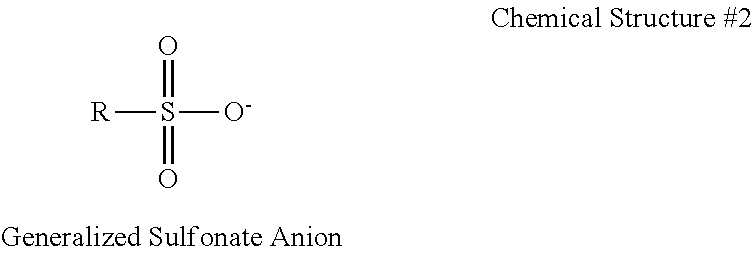Antifouling oligomerization catalyst systems
- Summary
- Abstract
- Description
- Claims
- Application Information
AI Technical Summary
Benefits of technology
Problems solved by technology
Method used
Image
Examples
examples
[0033]The various embodiments of antifouling catalyst systems will be further clarified by the following examples. The examples are illustrative in nature, and should not be understood to limit the subject matter of the present disclosure.
[0034]To evaluate the anti-fouling effects of the antifouling catalyst systems described, ethylene oligomerization reactions were carried out and evaluated. Multiple sample antifouling catalyst systems were formulated which had different antifouling agents or no additional antifouling agent (as a control sample listed as “Comparative Example in Table 1). For the experiments, catalyst mixtures were used that contained titanium tetrabutoxide (denoted as “Ti” in Table 1), THF, triethyl aluminum (sometimes referred to as “TEAL”), and antifouling agents (denoted as “AFA” in Table 1). The molar ratio of Ti:AFA for each example is listed in Table 1. The molar ratio of Ti:THF:TEAL in the examples was 1:6:7.5. The oligomerization experiments were conducted ...
PUM
| Property | Measurement | Unit |
|---|---|---|
| Molar mass | aaaaa | aaaaa |
| Molar mass | aaaaa | aaaaa |
| Structure | aaaaa | aaaaa |
Abstract
Description
Claims
Application Information
 Login to View More
Login to View More - R&D
- Intellectual Property
- Life Sciences
- Materials
- Tech Scout
- Unparalleled Data Quality
- Higher Quality Content
- 60% Fewer Hallucinations
Browse by: Latest US Patents, China's latest patents, Technical Efficacy Thesaurus, Application Domain, Technology Topic, Popular Technical Reports.
© 2025 PatSnap. All rights reserved.Legal|Privacy policy|Modern Slavery Act Transparency Statement|Sitemap|About US| Contact US: help@patsnap.com



